SACRAMENTO — The cost of completing the under-construction segment of California’s high speed rail line in the Central Valley is projected to increase by $1.8 billion, bringing the total cost to $12.4 billion, the Los Angeles Times reports.
The Times cites the draft of an internal report by the state’s high speed rail authority, to be used in a report to the legislature today. It updates the plan by Gov. Gavin Newsom to complete central section of the line between Bakersfield and Merced. Earlier this year, Newsom postponed plans to build the entire Los Angeles-to-San Francisco route, saying there was no funding for the estimated $77-billion project. [See “California governor sinks SF-LA high speed rail plans,” Trains News Wire, Feb. 12, 2019.]
The $1.8-billion increase reflects costs for only part of the Central Valley segment, the 119 miles between Madera and Wasco, Calif. It includes $477 million for actual cost incrases, $362 million for increases in the scope of the project, and almost $1 billion for contingencies, the Times reports. The current estimate to complete the line between Merced and Bakersfield is $20.4 billion.
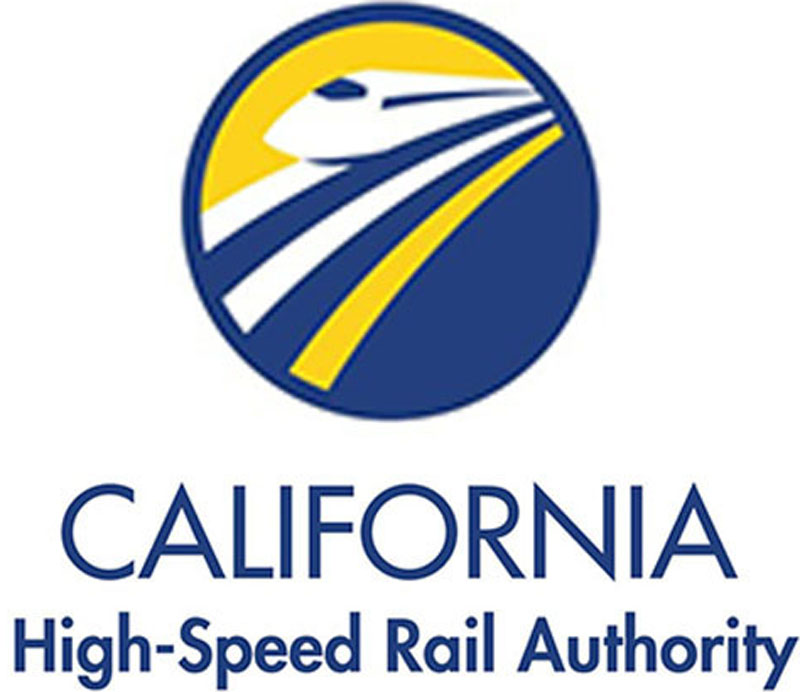

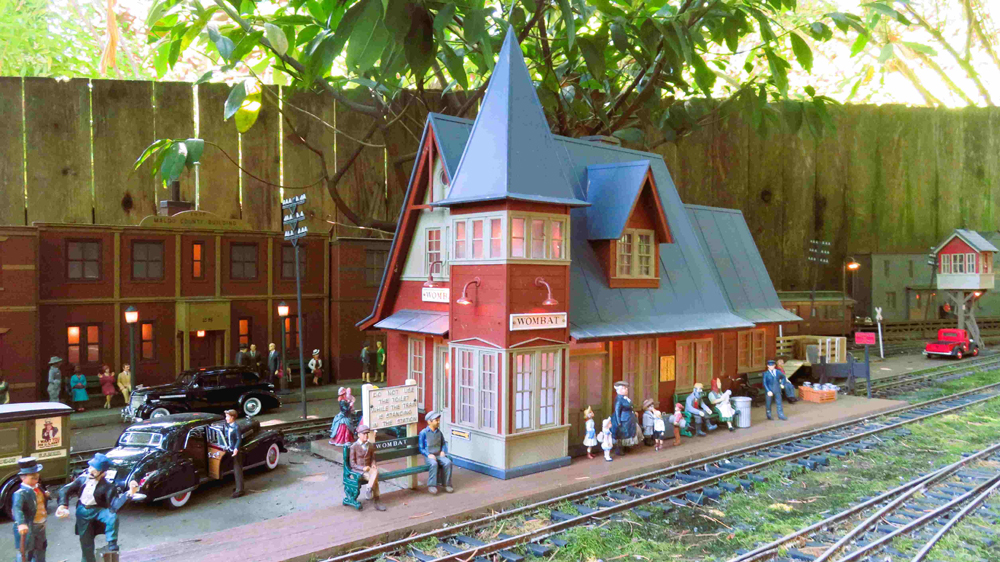

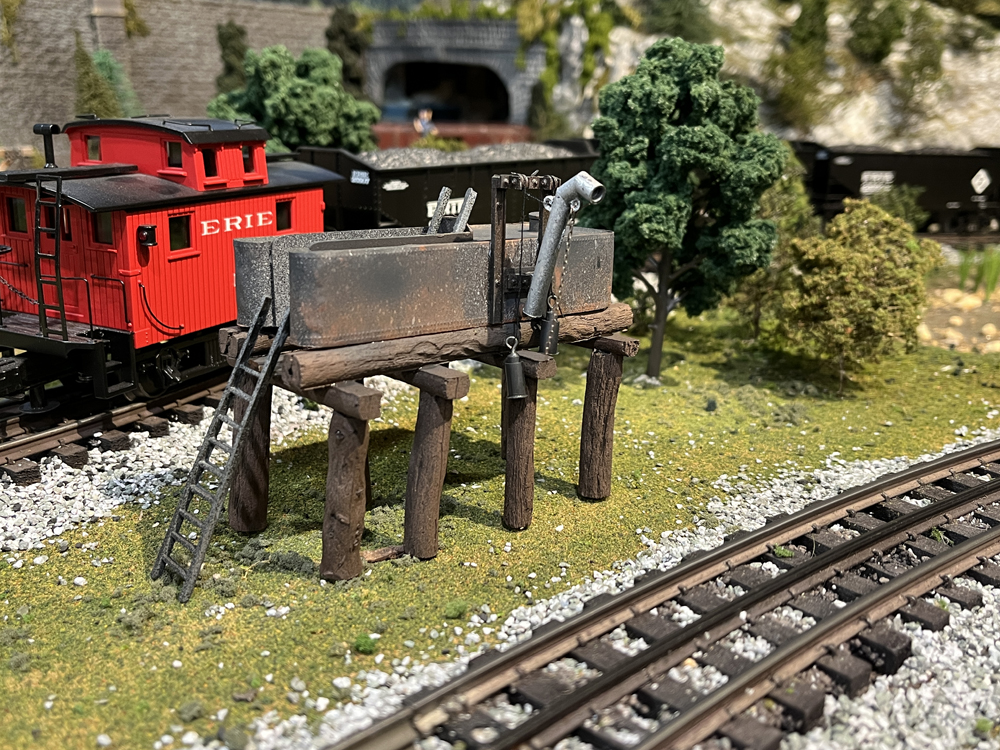
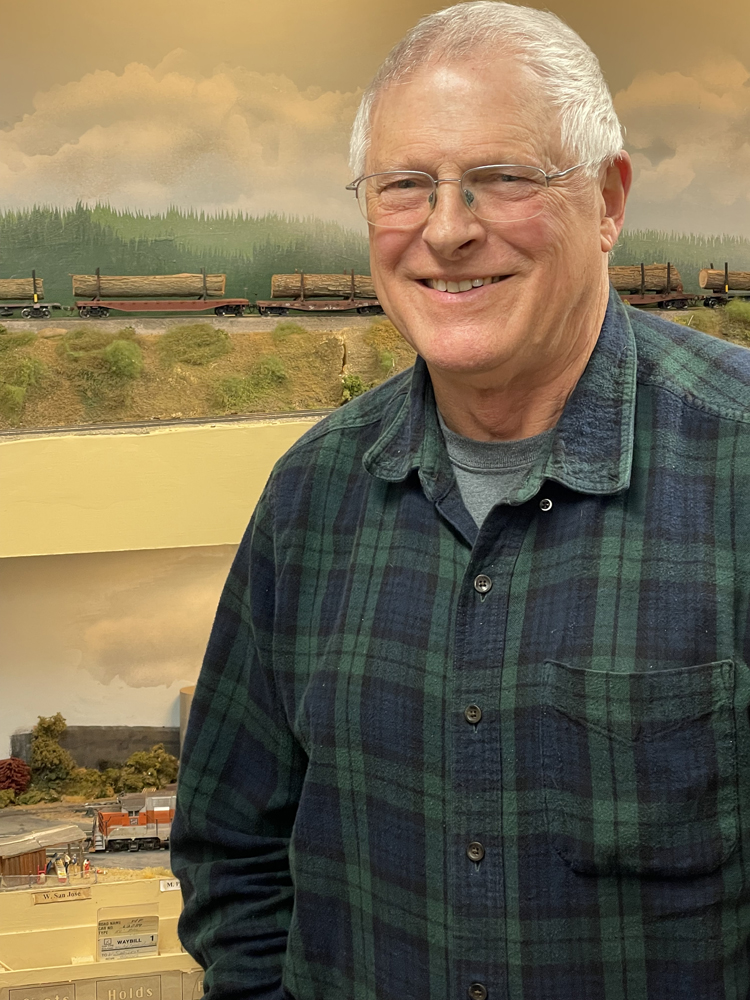
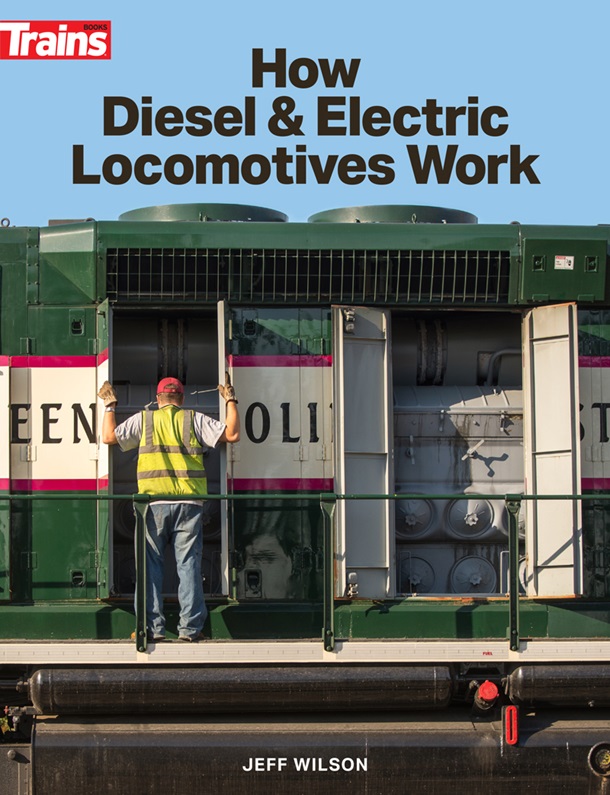

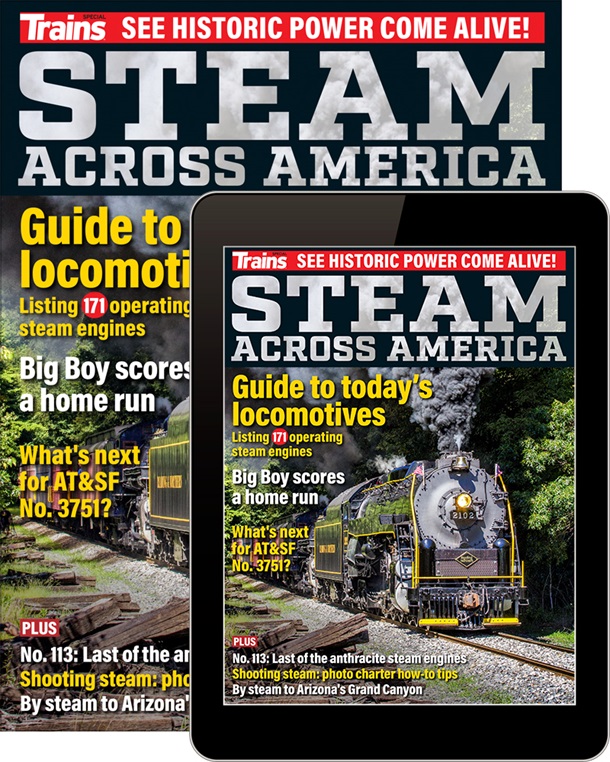

I wish I had $1 billion for “contingencies”!
Building the first transcontinental railway 150 years ago was never this complicated. Bureaucracy, politics, financial waste and legal obstruction have become greater barriers than mountains and canyons. Despite all the advanced technologies of the 21st century, less is getting done with high speed rail in California.
“A billion dollars here, a billion dollars there, pretty soon you’re talking real money.” (Everett McKinley Dirksen)
Who cares? If it was an equivilant highway this wouldn’t even be news.
Chris, what is the projected passenger traffic count in the Central Valley HSR compared to the projected car/ truck count on Georgia I-285?
Silly article, the only meaningful words are the $20.4B cost from Merced to Bakersfield because the $12.8B
number gets you nothing more than a worthless piece of track from Madera to Wasco neither end point making
any sense for ridership.
Georgia is planning to spend $5 Billion on its “I-285 Top End” highway project, which will add *toll* lanes to about a quarter of the Interstate 285 beltway (perimeter) around Atlanta:
https://www.reporternewspapers.net/2019/04/19/300-properties-could-be-affected-by-i-285-top-end-toll-lanes-project/
Compared to that, $12 Billion for 119 miles of HSR seems like a bargain!
This is a case study on how government officials,in many jurisdictions, not just California, will low-ball a estimated cost to get the taxpayers to agree to pay for the project. Then the same people find all kinds of cost overruns and they state they “have” to finish the project because “we have invested so much already”. It happens over and over again and the taxpayers keep getting sucked in.
A major part of the problem with the California HSR is over-reliance of consultants and contractors (i.e., grifters) The LA Times ran a very informative piece on the weekend:
https://www.latimes.com/local/california/la-me-california-high-speed-rail-consultants-20190426-story.html
Compare the costs per engineer for the California DOT vs. the HSR contractors – 3:1 difference.
The HSR consultants have spent more than a decade building their self-licking ice cream cone at public expense. This is the same problem with the NYC subway or many public works projects everywhere. It is the gold-plated DoD cost-plus mentality.
look I’m shocked… totally shocked… going into apoplexy from shock…
This is probably the least surprising news I’ve heard recently. My reaction is “are there more surprises still to come”?
This is the easy segment, the segment that’s the path of least resistance. Just wait until the mealy-mouth governor who put a phony halt to the project starts work on the difficult areas.
John Rice I agree. I don’t know a modern railway in the world that isn’t run by consultants instead of by old fashion railroad management, civil engineers, dispatchers, track workers, signal maintenance workers, yard workers, and train crews. Yup — its all out sourced. From CSX to Amtrak to BNSF to the SNCF to CN to the Shinkansen. Virtually no in-house staff or expertise. Just the CEO and some board members. That’s the way you build and run a railroad!
@Gregg Spindler: Consultants extract a large toll because they are hired to take the blame if things go wrong. It is easier to blame that nebulous consulting firm, than to hold a career state employee to account for any mistakes. The state would be hard pressed to hire on the state payroll a large group of project managers engineers and land management staff for something that only lasts 10 years to build.
Ian, a million people a year is pretty good as trains go. That’s about as many as a county highway between the cornfields.
So, get off the San Joaquin at Madera, get on HSR, get off at Wasco and get on the next San Joaquin
to finish your trip to Bakersfield? Current corridor rider figures are meaningless because the HSR does
nothing to alleviate that crowding. If they go get to Merced at least the college will be served (though
miles away) and Fresno Bakersfield would be enhanced, little else.
California has its HSR boondoggle, New York has its East Side Access. Note the similarities? Both coasts well known for their financial blundering.
If more capacity is needed then put on another conventional train. Far less expensive then building high speed rail. This money would have been far more wisely spent fixing the segment from LA to Bakersfield to get rid of the bus bridge.
FWIW. Currently the San Joaquin trains from Oakland and Sacramento to Bakersfield carries 1,000,000 + passengers a year. Some of the constraints on further growth are simple capacity. Further growth is projected with operating to Los Angeles and a more direct connection into the Bay Area.
Jim, what do you mean an “equivalent highway”? Highways carry loads and loads of people and trucks. This railroad won’t carry that equivalent.